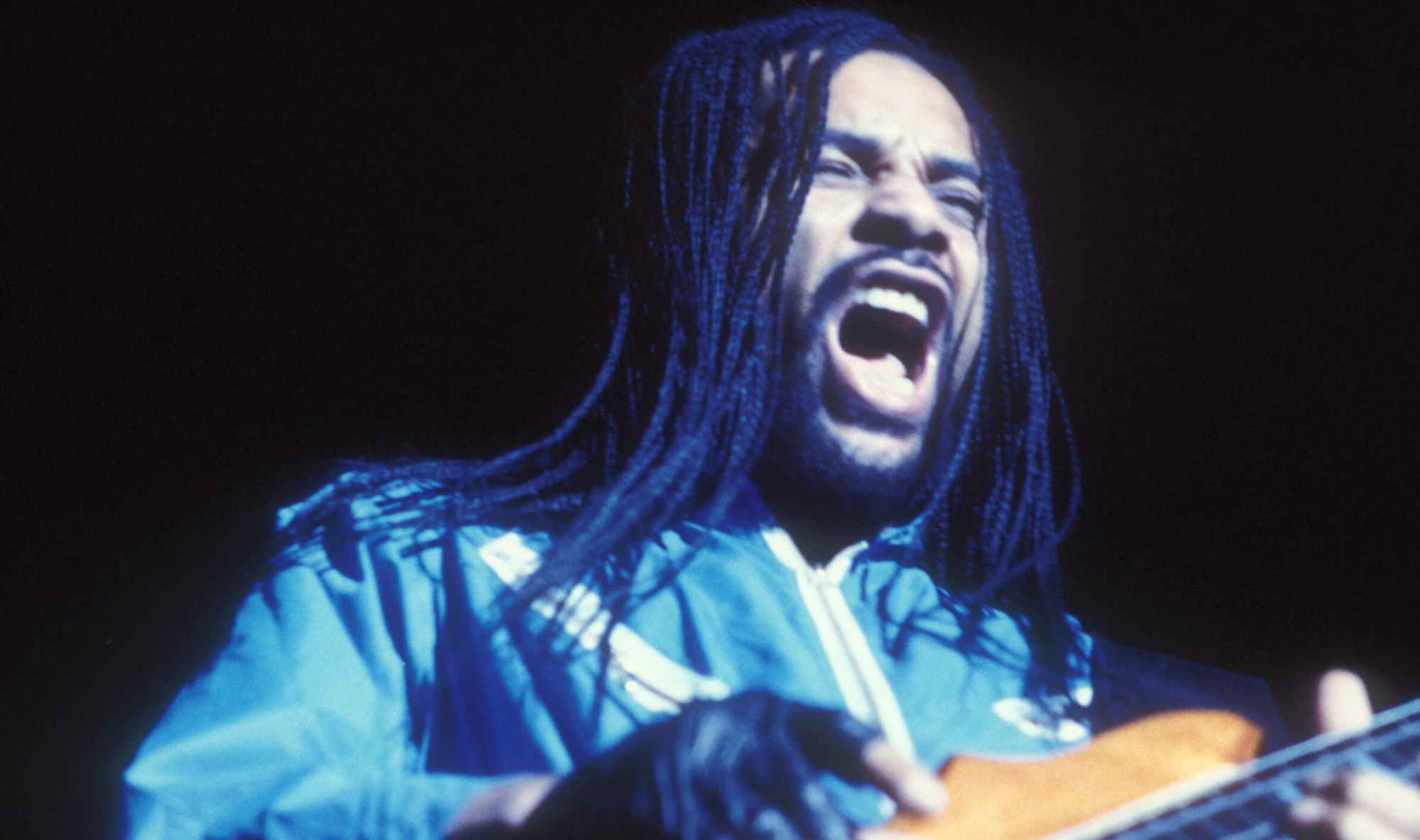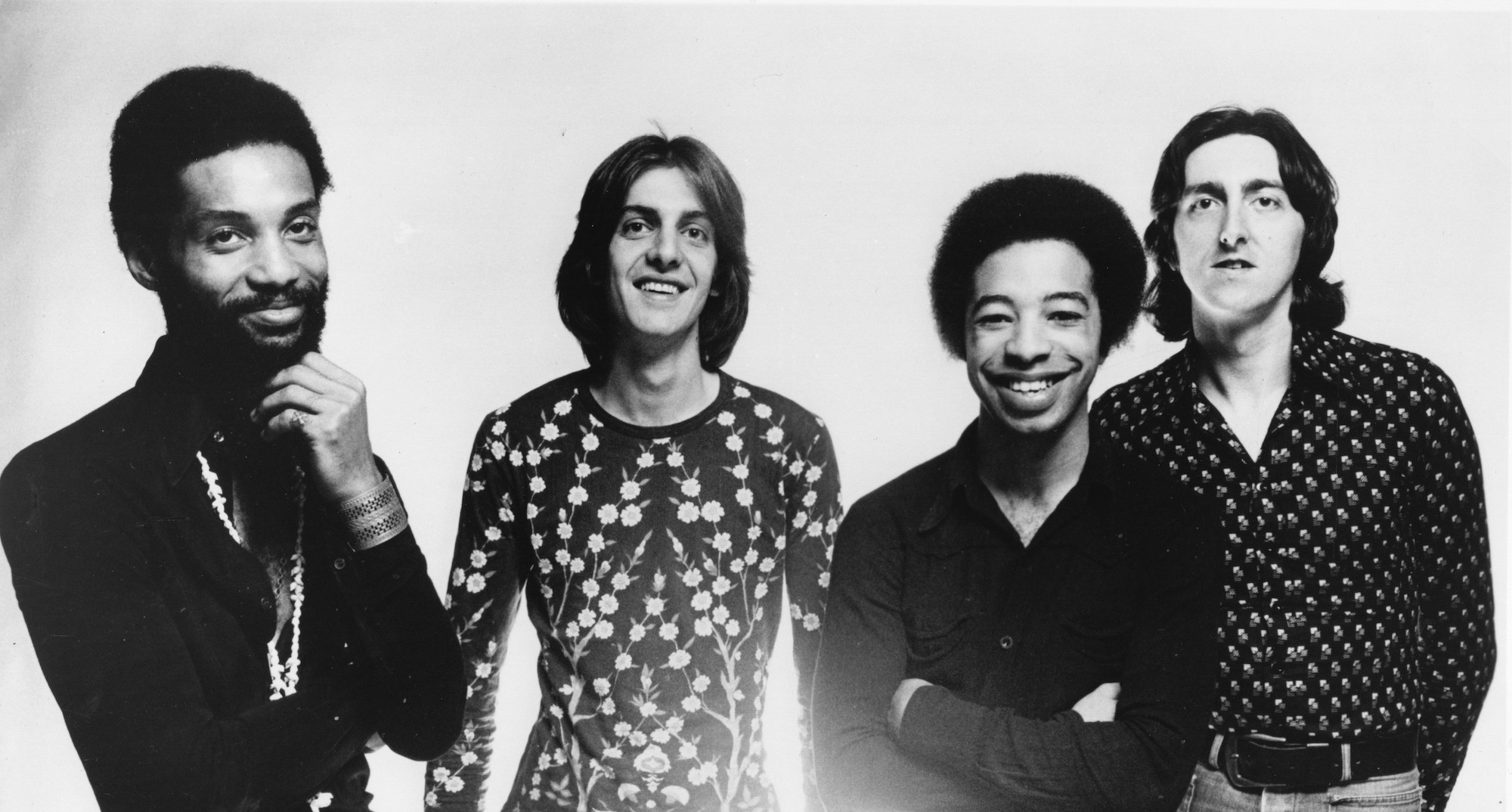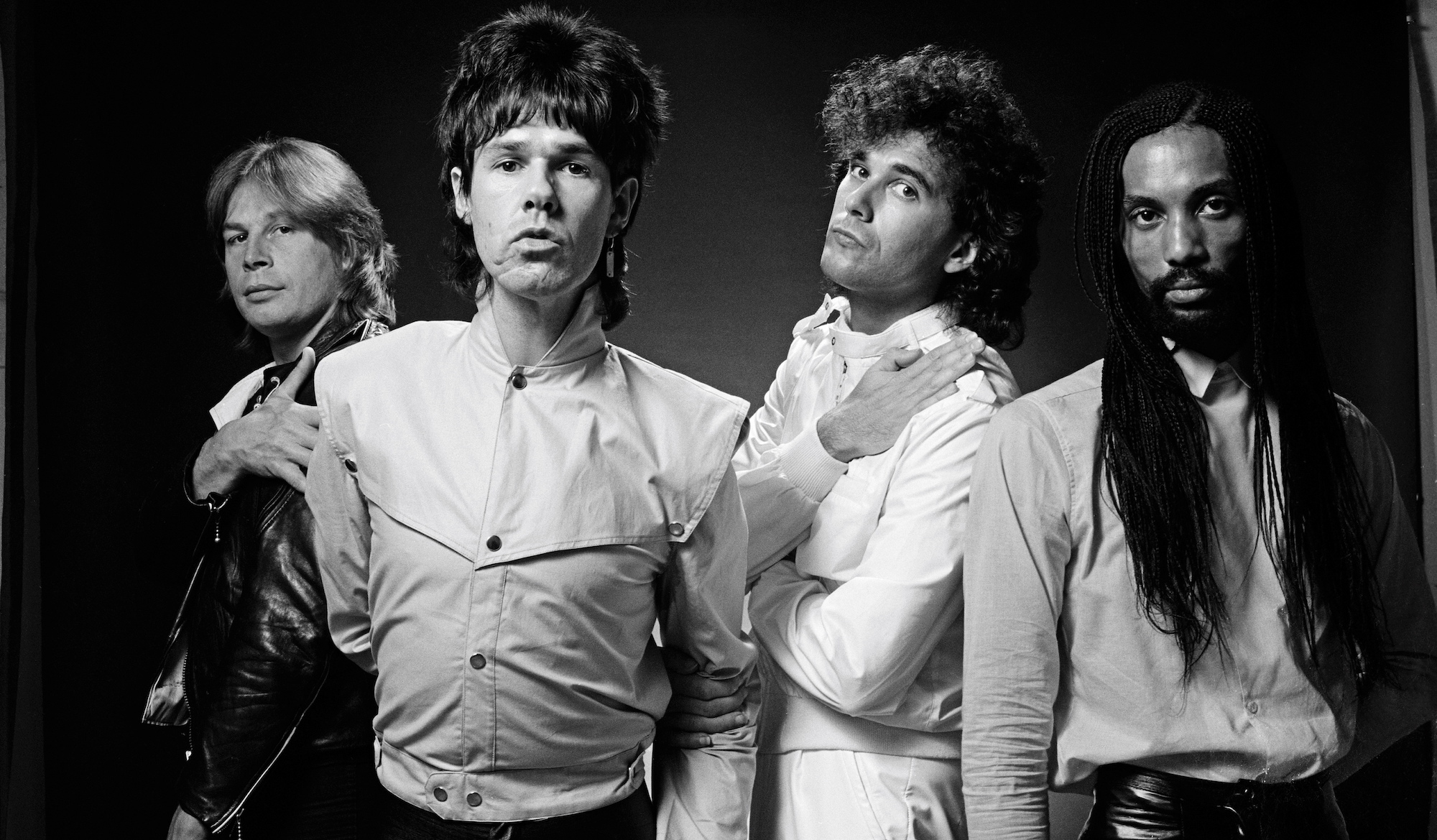
With fingers born to traverse all ends of his Fender Precision bass, smooth-as-butter tone, and a mastery of in-the-pocket grooves, four-stringer Tony Newton has long been in high demand, helming the low-end of tunes by – to name just a few – Smokey Robinson, Allan Holdsworth, and Gary Moore.
However, though he may have been born to play bass, that’s not where Newton began. It started with the piano, he tells Bass Player.
“Our neighbor had one, and I used to go over there and bang on it. My family couldn’t afford a piano, so they bought me a plastic saxophone for Christmas instead [laughs]. I played the keys off that until they bought me a real one and then got into it more once I got to school.
“As I got into it more, I became aware of popular music from around that time and discovered the electric bass. And one day, the bass player didn’t show up in the school band, and I said, ‘Let me try it’ – I did, and it became everything to me.”
With his weapon of choice in hand, Newton’s career began on small stages in his hometown of Detroit, where he supported blues luminaries like John Lee Hooker, Little Walter, and T-Bone Walker, before he was discovered by Motown’s Hank Cosby at the age of 18.
“Motown was just starting then,” Newton says. “And they had James Jamerson playing live, but wanted him in the studio. So, they found me, had James teach me, and I got to go on the road with Smokey Robinson and The Miracles.”
Most think of Motown music as simple, and Newton agrees, but he also makes note of the venerable label's more unorthodox releases.
“Motown got experimental at one point, which I liked. They started to want three guitars and two basses on many recordings, and I ended up on a bunch like that. One that people don’t realize was like that was Stop! In the Name of Love by Diana Ross & The Supremes. The songwriters at Motown – Eddie Holland and Lamont Dozier – were writing many songs like that, another being Nowhere to Run by Martha and the Vandellas.”
After his Motown days, Newton moved to L.A., where he became a sought-after session player. He subsequently landed a gig with The Tony Williams Lifetime, a supergroup of sorts that featured Williams (drums), Allan Holdsworth (guitar), Alan Pasqua (keys), and Newton on bass.
After two records with Lifetime – 1975's Believe It and 1976's Million Dollar Legs – Newton joined Gary Moore’s G-Force in 1980.
When asked about the dynamics of both groups, Newton says, “They were both true groups, not solo things like they’re perceived as. I played with many artists, so I knew what that looked like, and G-Force and Lifetime were actual groups.”

Newton is still at it, mostly leaning into jazz-fusion – flying a flag he’s never stopped waving. “I’m always writing and performing fusion music,” he says. “I’m writing music based on Gustav Holst’s The Planets; it’s all fusion. That inspired me to do more stuff based on Galileo’s work.” And those aren't his only in-the-works projects, either.
“I’m writing music for what I’ve been calling a ‘documusical’,” he says, “it’s kinda like a soundscape. It’s called Mars Eclipse; it’ll be out in a few months. I still love playing bass and am great at keeping that pocket. There’s not much more I can ask for than that.”
How did you end up playing with John Lee Hooker, Little Walter, and T-Bone Walker at 13 years old?
“All these older blues players from Chicago would come to Detroit, where I grew up, to play local clubs. I was too young to get in, so I’d cut my hair short and glue a mustache on my face so I could get in. I met all those guys and got on stage when they needed a bass player. It just kind of happened by me being there and being ready to play when they needed me.”
What are some tips and tricks James Jamerson taught you after you were scooped up by Motown?
“The main thing was to always go to the closest note and the closest place on the neck as opposed to jumping around the neck and trying to find the right note.
“With the bass, the notes depend on your position and making sure that’s right. Most of the Motown stuff was played in the first position and at the lower range – that was another thing James taught me. I used those same lessons in the studio and later, when I got to play with Smokey Robinson [in] the Motortown Revue.”
How did your gear change as you transitioned from blues clubs to working for Motown?
“When I played with John Lee Hooker and T-Bone Walker, I played an old Epiphone [Newport] bass. I liked that bass, but it didn’t have the sound I was looking for. So, I found out what type of bass James Jamerson played, a Fender Precision bass, and I just had to have one. So, I learned to play on the Epiphone, but the P-Bass is what I became known for once I got going with Motown.”
What did your Motown rig look like in terms of amps? Did you use any effects?
“Many people don’t know this about the Motown sound, but the first thing I did to duplicate what James did was get an Ampeg B15 tube amp. That amp, paired with a P-Bass and strings set at about a quarter-inch off the neck, is how James got his sound. Getting that punchy sound was setting the strings up with enough tension and not sounding too bright. As for effects, I didn’t get into those much with Motown; it was just the P-Bass into the old Ampeg.”
A lot of players within the jazz-fusion genre around that time were guys that played a lot of notes, but I wasn’t like that. I’ve always been the type of bass player who comes in, lays down a groove, and creates a deep pocket
After your Motown days, you got into jazz-fusion with The Tony Williams Lifetime. How did that happen?
“In ’75, I went out to California, and I was playing a ton of sessions. I played with various groups and made friends with Michael Henderson, who was playing with Miles Davis. One day, I called Michael, and he told me that over 40 cats had tried out for the Tony Williams Lifetime band and that I should contact them. So, I called them, told them I was available, and then I sent them a cassette of things I’d played on. They liked what they heard, and the rest, as they say, is history.”
Considering they tried out so many players, what made you the right bassist for the job?
“A lot of players within the jazz-fusion genre around that time were guys that played a lot of notes, but I wasn’t like that. I’ve always been the type of bass player who comes in, lays down a groove, and creates a deep pocket.
“Tony wasn’t looking for a guy who played a lot of notes; he wanted a bassist to come in and lay down a pocket so he could be the musically ambidextrous one. He wouldn’t have been able to do that with a bass player who played a bunch of notes, so I was a perfect fit.”
You later worked with Gary Moore as a member of G-Force. What was that experience like compared to working with Allan Holdsworth in Lifetime?
“Playing with Gary was incredible, but that group was very democratic; he was a very different type of cat from Allan, that’s for sure. Gary was heavier, and Allan leaned more toward jazz, but they were both great improvisers. But again, that group needed someone to lay down a pocket, and I did that. I’ve always been able to keep everything solid and lay down a strong pocket so that everyone can express themselves.”

You’ve seamlessly transitioned from blues to R&B to jazz-fusion to rock. What’s allowed you to do that?
“Not all bass players can do that, and I’m proud I’ve been able to. I was able to take what I learned in Detroit, become one with whatever music I was working on, and be comfortable with all types of artists. It doesn’t matter what kind of music I’m playing; I just adjust to whatever it is, lay down the pocket like I do, and let the other players stand out. I like that better than only knowing how to play one type of music one way.”
Which of your many stops means the most to you?
“My time with the Lifetime band means the most. That was the most innovative music that I’ve ever been a part of. Playing with Tony Williams, Allan Holdsworth, and Alan Pasqua was so different because the bar was set very high. We essentially created the genre of jazz-rock-fusion, and I’m still writing music like that today. I’m still waving that flag and refuse to let it drop.”
That begs the question, why didn’t Lifetime last longer?
“It was too bad; it really was. People think we just let it end, but we didn’t. It was the late 70s; we were out on tour and ran out of money. The record company [Columbia] didn’t want to fund it anymore, and that was it. I never understood it, and I never got to the bottom of it, but we were broke just the same.
“After our last gig in San Francisco, Allan Holdsworth had to pawn his guitar to get home. I lived in L.A., so I didn’t have to, but he didn’t. I had no idea what was happening until I read about it later; it was so sad.”







